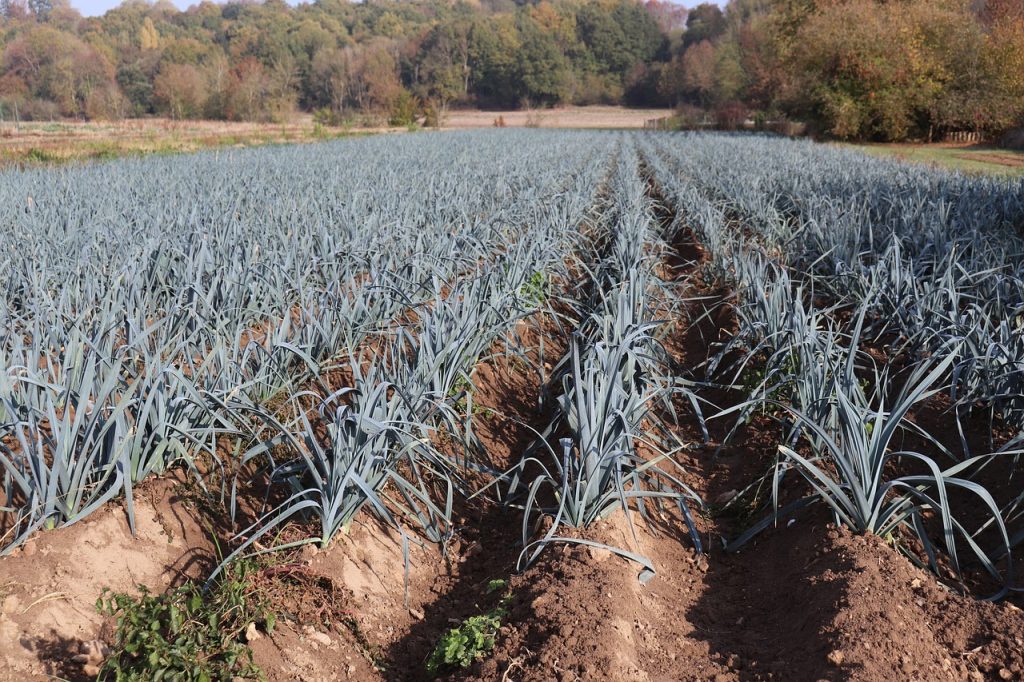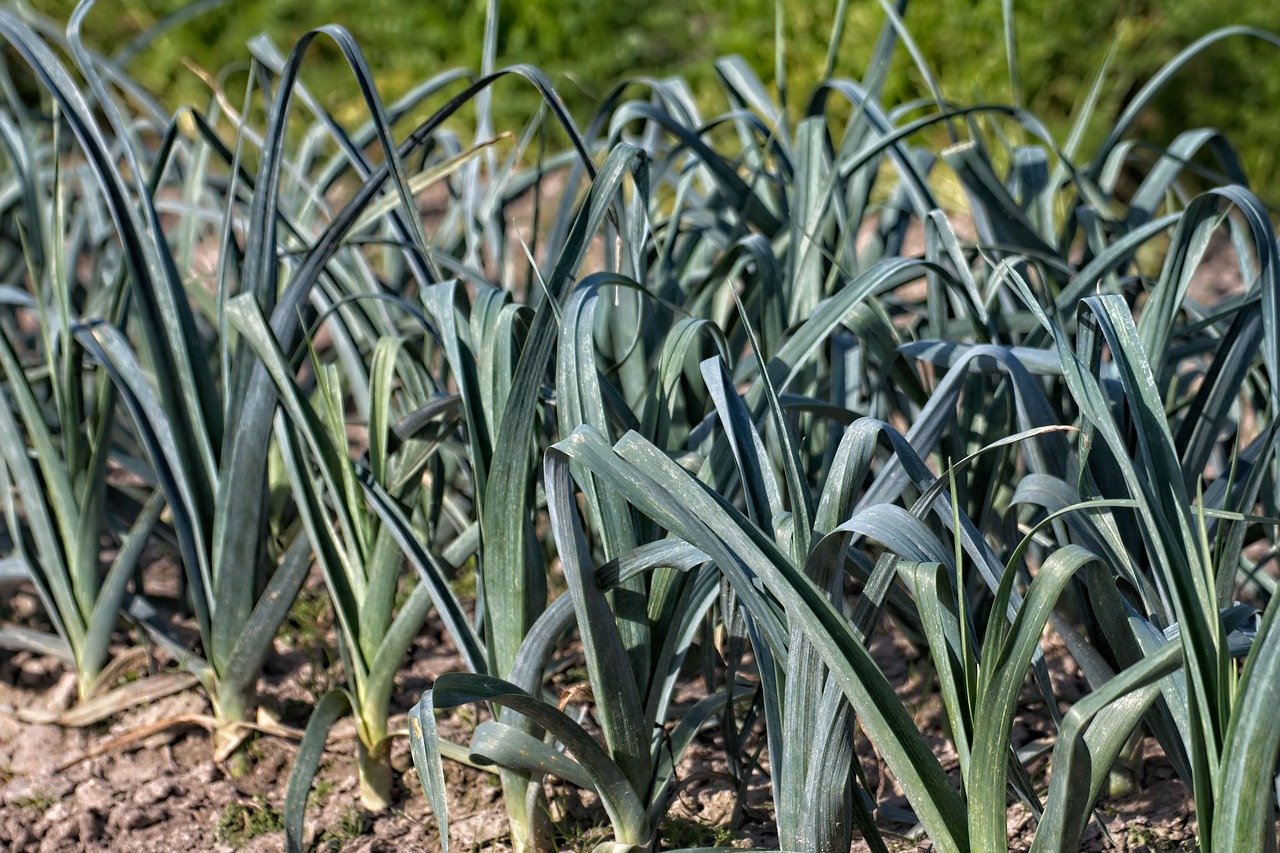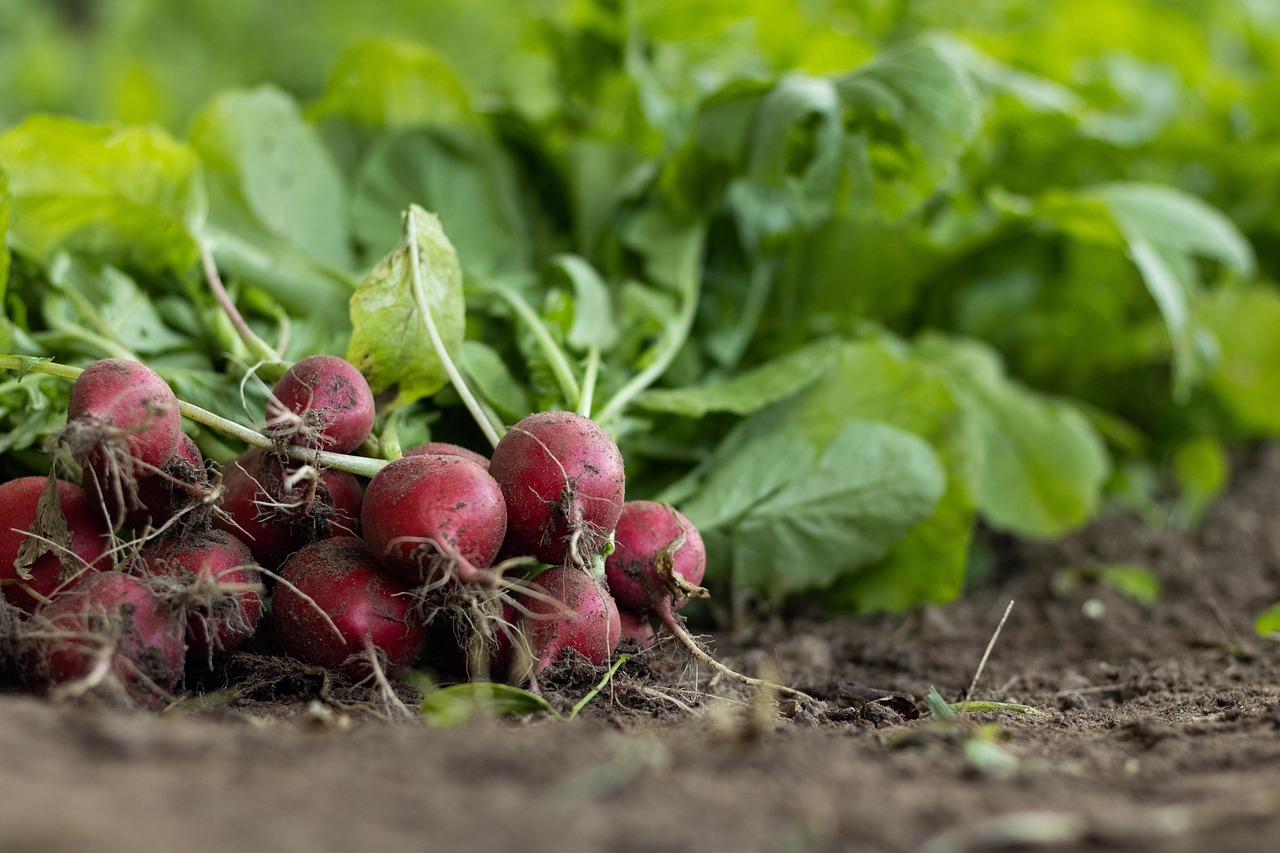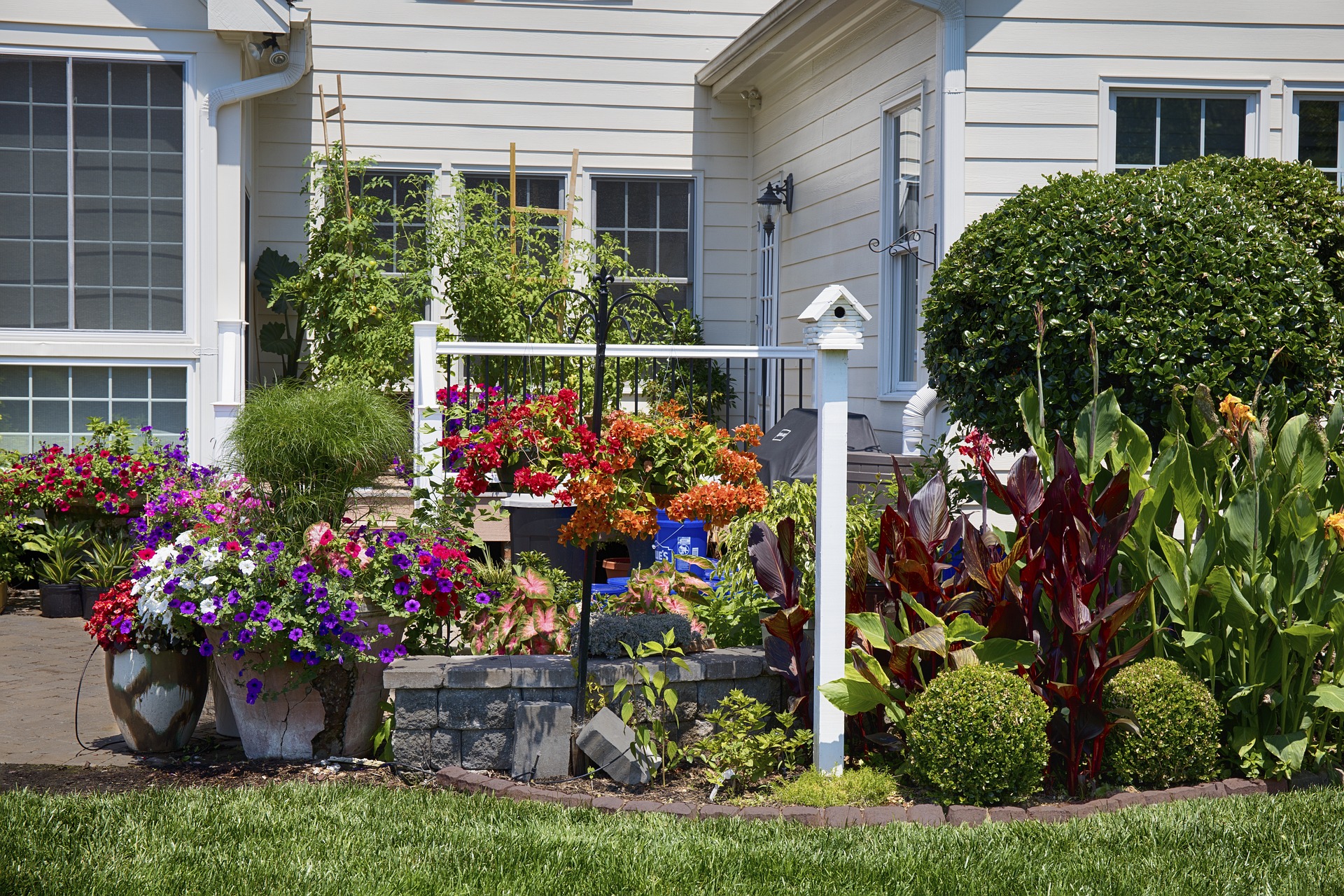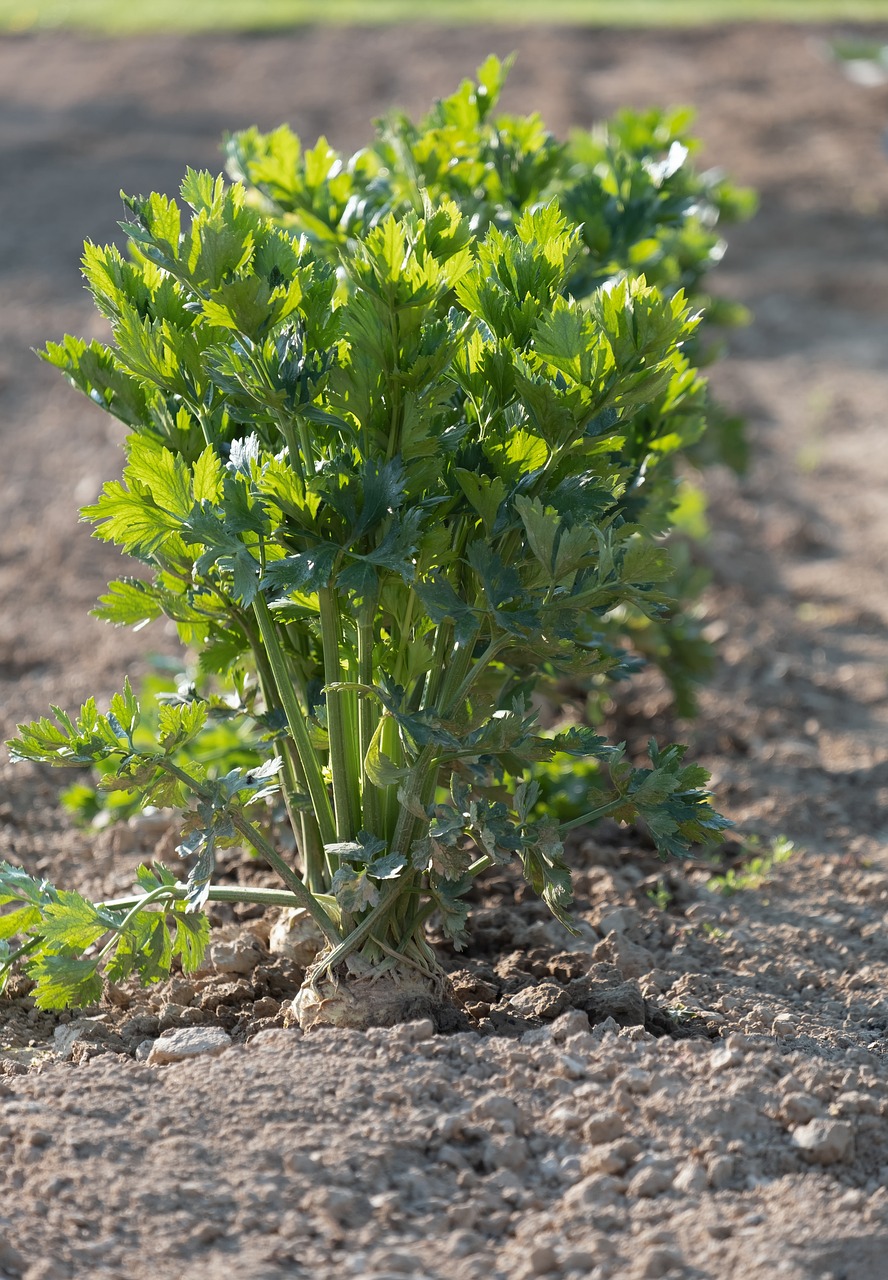Whether sautéed, roasted, braised, or added to soups and stews, leeks impart a unique mild, onion-like flavor and sweetness to the dishes where they are added, making them a valuable ingredient in the kitchen. They are also rich in vitamins and minerals, therefore an important addition to a home vegetable garden.
When leeks are left to flower, their tall slender stems with spherical flower heads on top add a touch of elegance to a garden, especially when the plants are grown in clusters. Leek flowers also attract pollinators such as bees and butterflies which add a lively element to a garden.
Here’s a step-by-step guide to help you cultivate healthy and flavorful leeks:
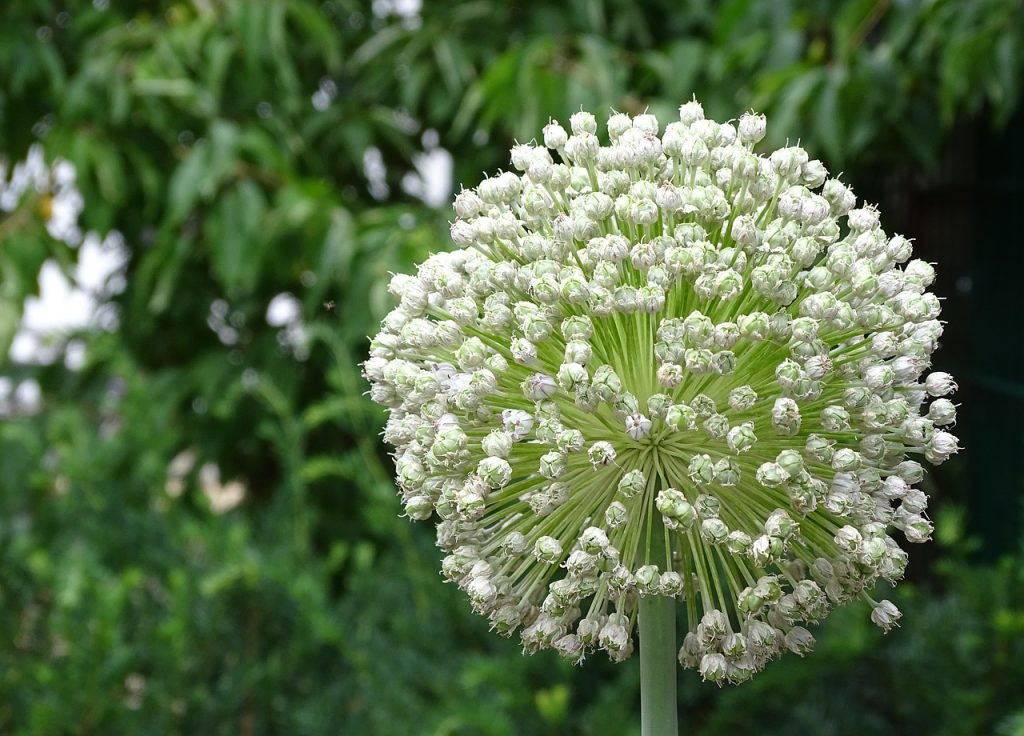
Description
Leeks (Allium ampeloprasum var. porrum) are biennial plants which are typically grown as annuals for their edible stems. They belong to the family and genus Allium which makes them relatives of onions, garlic and shallots. The leek is a national symbol of Wales.
They are grown for their long, cylindrincal stems which are made up of layers of tightly packed leaves. The edible part of the leek is the white and light green portion, while the dark green leaves are usually discarded or used to flavor stocks.
Leeks are a versatile ingredient used in a variety of dishes, including soups, stews, casseroles, and quiches. They are low in calories and a good source of vitamins and minerals, including including vitamin K, vitamin A, vitamin C, and folate.
| Botanical name: Allium ampeloprasum var. porrum | Propagation: Seeds |
| Common name: Leek | Soil type: Loam, Sandy loam |
| Family: Allium | Soil pH: 6.0-7.0 |
| Plant type: Biennial, annual | Temperature: 55°F and 75°F |
| Hardiness zones: USDA zones 5-10 | Light: Full sun |
| Mature size: 1-3ft. tall, 6-12in. wide | Spacing: 6-12in. |
| Flower color: Purple and white | Pollination: Insects |
| Time to maturity: 100-120 days | |
| Native area: Mediterranean |
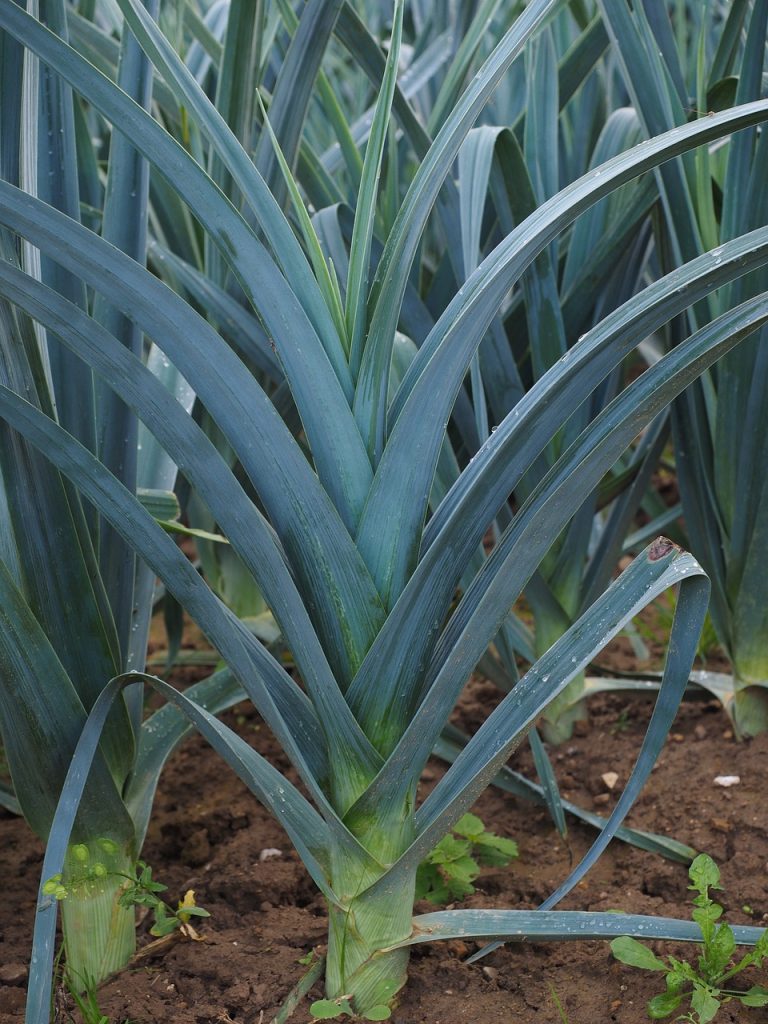
Temperature requirements
Leeks prefer temperatures between 55°F and 75°F (13°C to 24°C) for optimal growth. They can tolerate some frost and are more cold-tolerant than heat-tolerant.
Leeks are relatively cold-tolerant and can withstand light frosts. In fact, exposure to cooler temperatures enhances their flavor. However, prolonged exposure to temperatures below 20°F (-6°C) may damage the plants.
Soil requirements
Leeks prefer well-draining soil that is rich in organic matter. Sandy loam or loamy soils are ideal.
Leeks can tolerate a slightly wider pH range, but they prefer slightly acidic conditions with pH of 6.0-7.0.
Light/Sun requirements
Select a sunny location in your garden. Leeks prefer full sun but can tolerate partial shade.
When to plant Leeks
You can grow leeks as a spring or fall crop. Plant leeks in early spring for a late spring or early summer harvest, or plant in late summer or early fall for a fall or winter harvest.
Selecting Leek Varieties to Grow
Choose a variety suitable for your climate. Some common varieties include King Richard, American Flag, and Musselburgh.
Garden preparation
Leeks prefer well-draining soil. Amend heavy or clayey soil with organic matter such as compost to improve drainage.
Conduct a soil test to determine the pH of the soil. Aim for a slightly acidic to neutral pH between 6.0 and 7.0.
Work the soil to a depth of at least 12 inches (30 cm) to promote good root development.
Mix well-rotted compost or aged manure into the soil to provide essential nutrients. This improves soil structure and fertility.
Starting seeds indoors
Start leek seeds indoors, 10-12 weeks before the last expected frost date in your area. Use a seed starting mix and sow seeds about ¼ inch deep in trays or pots.
Transplanting seedlings
Transplant leek seedlings when they are about 8 inches tall and have a pencil-thin diameter.
Plant leeks in rows with a spacing of about 6 to 12 inches (15 to 30 cm) between plants. Rows should be spaced 18 to 24 inches (45 to 60 cm) apart.
Water the garden area thoroughly and cover with a 2-4-inch layer of mulching material.
Growing leeks from scraps
Growing leeks from scraps or kitchen scraps is a simple and sustainable way to propagate these vegetables.
If using leeks from the grocery store, look for leeks with intact roots. The roots are the white, hairy part at the base of the leek.
Cut off the dark green tops of the leeks, leaving about 2 inches of the white base with the roots attached. The white part with roots is what you’ll use to grow new leeks.
Place the leek scraps in a container with enough water to cover the roots. Ensure that the cut side is facing up.
Change the water regularly, about every 2-3 days, to prevent stagnation and keep the leeks healthy. Add fresh water to the container.
After a week or two, new roots will start to grow from the white base.
Once the roots are a few inches long, transplant the leek scraps into soil. Use a well-draining soil mix, and plant them about 6-12 inches apart. Plant the leeks so that the white base is just below the soil surface.
Place the newly transplanted leeks in a sunny location and water the soil regularly to keep the plants moist.
How to Care for Leeks
Watering: Leeks require consistent moisture. Water them deeply and regularly, especially during dry periods. Be careful not to overwater, as they don’t like waterlogged soil.
Fertilizing: Leeks benefit from a balanced fertilizer. Apply a slow-release fertilizer at planting time and side-dress with additional fertilizer when they are about 6-8 inches tall.
Hilling: As leeks grow, gradually hill soil around the base to blanch the stems. This involves adding soil around the base of the plants to keep the sunlight from reaching the stems, resulting in a milder flavor.
Weeding: Keep the area around leeks free from weeds. Weeds compete for nutrients and water.
Thinning: Thin leek seedlings if they are too close together, allowing enough space for each plant to develop a robust stem.
Pest and Disease Control: Keep an eye out for pests like onion flies and diseases like rust. Insect netting and regular inspection can help control pests, while good air circulation and avoiding overhead watering can prevent diseases.
Harvesting Leeks
Leeks are usually ready for harvest in late fall or early winter. Some varieties can overwinter in the garden and be harvested in early spring.
You can start harvesting leeks when they are about the size of green onions (around 60 days from planting). At around 100-120 days from planting, leeks are mature, depending on variety and can be pulled out from the soil. Use a garden fork to gently loosen the soil around the leeks, and then pull them out.

Additional Tips:
Overwintering Leeks: Leeks are cold-hardy and can be left in the ground for an extended harvest period.
Rotate crops to avoid soil-borne diseases.
Companion Planting: Leeks can be strategically planted as part of a companion planting scheme to enhance the health and growth of neighboring plants. For example, you can plant leeks as a companion for carrots, celery, and onions.
